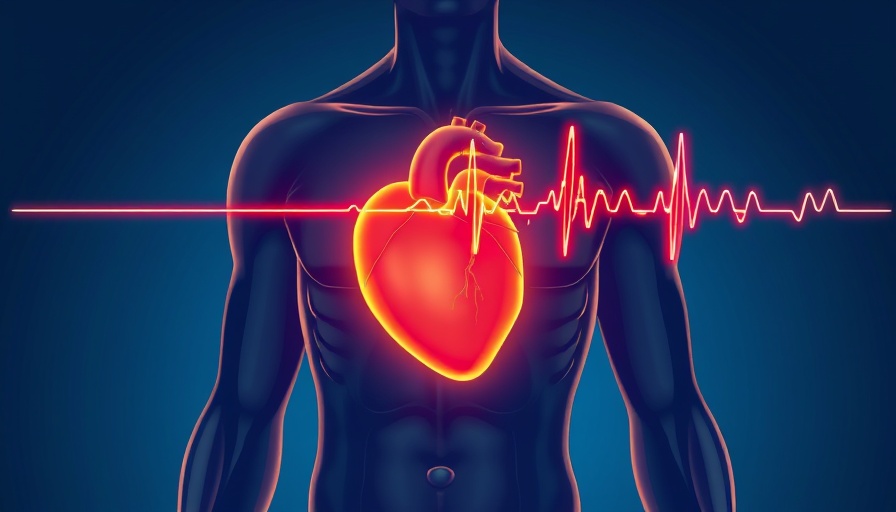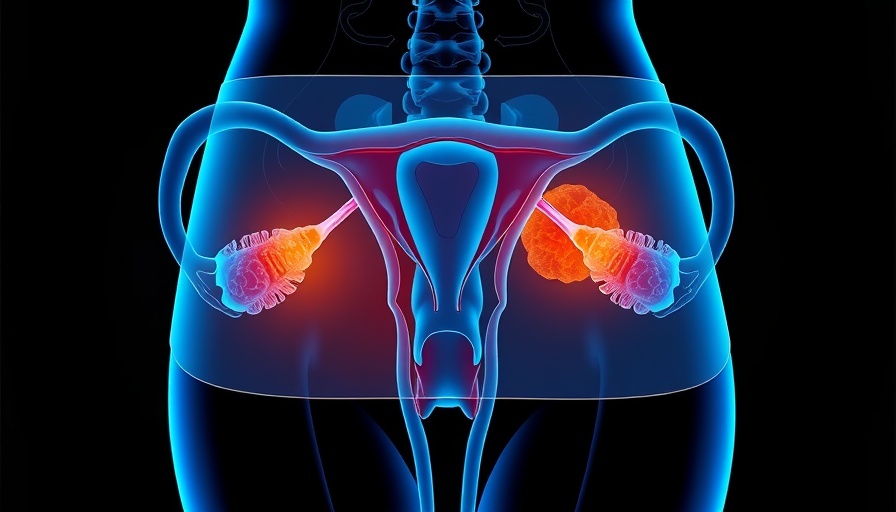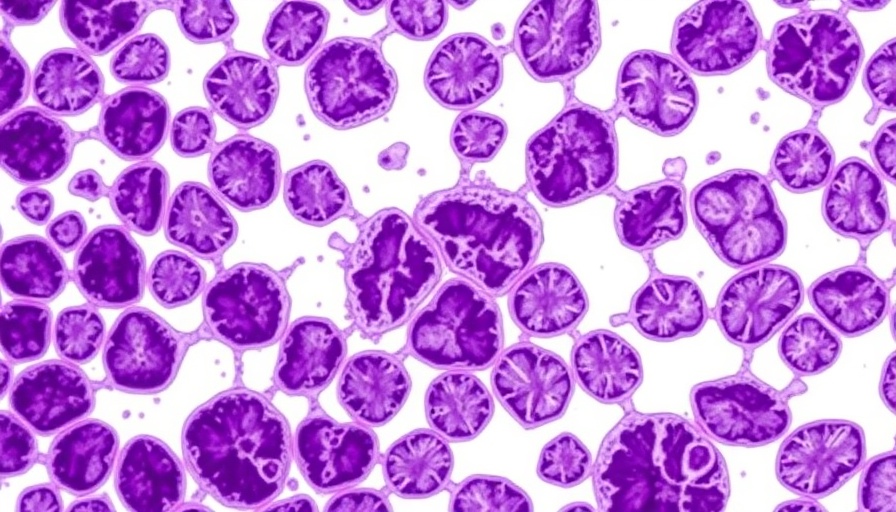
Groundbreaking Recommendation: Leadless Pacemakers for Heart Patients
The National Institute for Health and Care Excellence (NICE) has recently made waves in the medical community with its provisional recommendation to endorse leadless cardiac pacemaker implantation. This suggestion specifically targets patients suffering from bradyarrhythmias who require single-chamber pacing. Unlike traditional transvenous pacemakers (TVPs), which contain a subcutaneous box and leads connected to the heart, leadless pacemakers provide a revolutionary approach to heart rhythm management.
Advantages of Leadless Technology
What sets leadless pacemakers apart is their ability to function effectively without wires or a chest incision. According to NICE, leadless devices not only restore normal heart pacing but also significantly enhance patients' quality of life. Dr. Anastasia Chalkidou, HealthTech programme director at NICE, stated that these devices minimize risks associated with traditional pacemakers, such as infections tied to leads.
The Mechanics of Leadless Pacemakers
For those unfamiliar, bradyarrhythmias occur when the heart beats more slowly than normal. The typical treatment involves the implantation of TVPs, but leadless alternatives are gathered momentum given their less invasive nature. Inserted through the femoral or jugular vein, a leadless pacemaker is positioned in the right chamber of the heart with the help of a deflectable delivery catheter.
Challenges and Call for More Research
Nonetheless, while NICE's draft guidance is promising, it does require additional scrutiny. The organization has called for further studies to better outline patient selection criteria, such as age, existing health conditions, and various other factors—including the specific site of implantation and long-term durability of the devices. Despite the current endorsement for single-chamber use, dual-chamber systems remain in the evaluation phase and may open up new avenues down the line.
Relevance to an Aging Population
With incidences of bradyarrhythmias increasing among older adults, the NICE guidance could not be timelier. Professor Tom Clutton-Brock, chair of NICE's interventional procedures advisory committee, emphasized the importance of this development for an ageing demographic, suggesting a growing need for safer heart rhythm management options.
In conclusion, the move toward leadless pacemakers signifies a notable shift in cardiac care, particularly for those at higher risk of complications from traditional devices. As additional research continues to unfold, healthcare professionals and patients alike may find new opportunities in leadless technology that enhance the cardiac treatment landscape.
 Add Row
Add Row  Add
Add 




 Add Row
Add Row  Add
Add 

Write A Comment